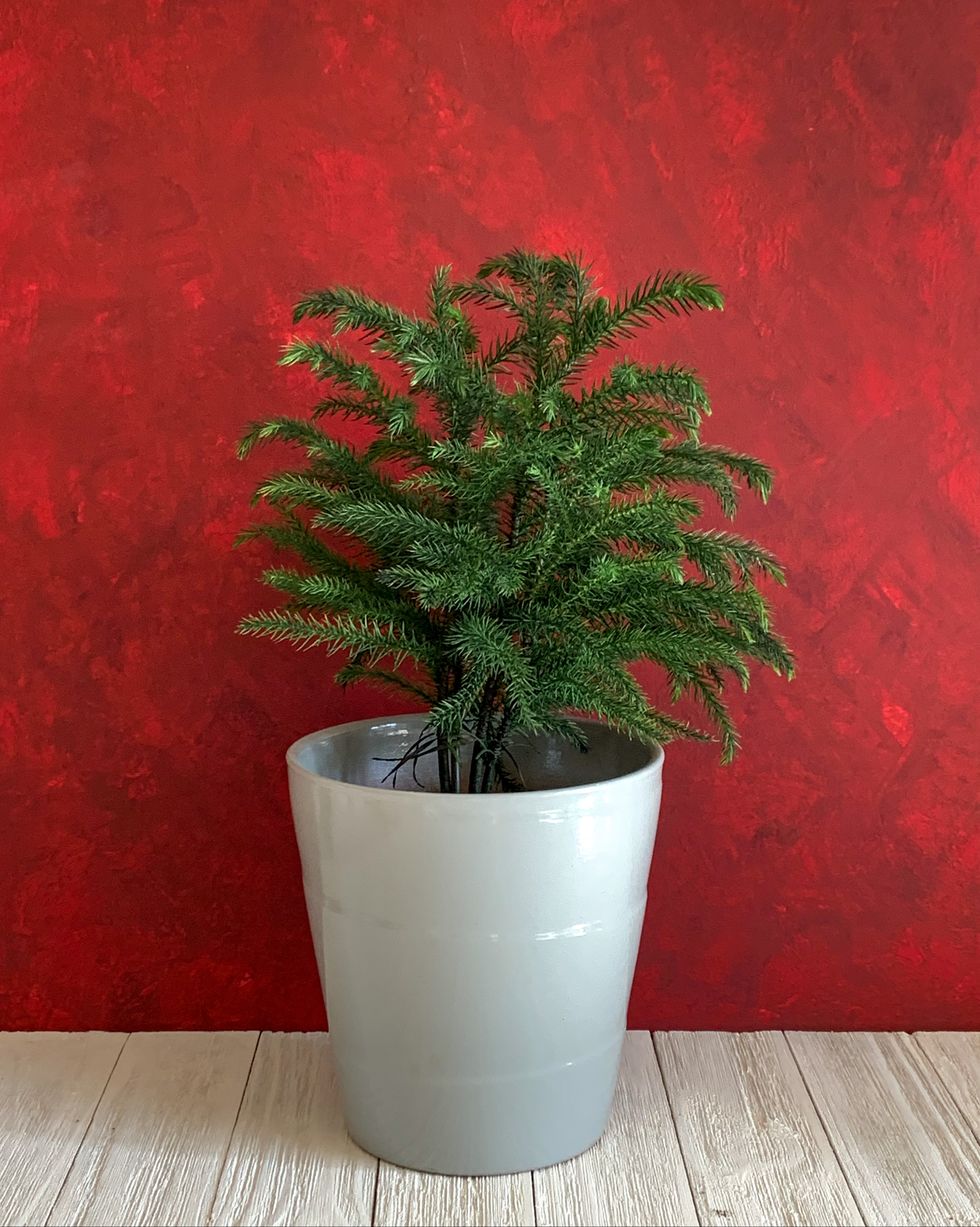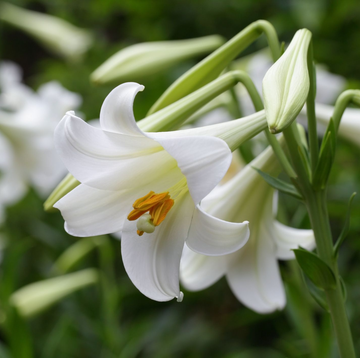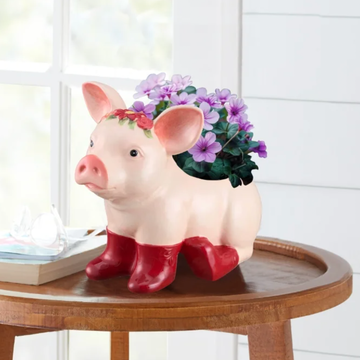With their deep green color and soft evergreen needles, Norfolk Island pines are lovely additions to any houseplant collection, especially during the holidays. You can even decorate them as a fun alternative to your big, family Christmas tree! But Norfolk pines aren't just a once-a-year plant. While you'll see them everywhere during the holidays, the low-maintenance plants are actually available throughout the year, too.
Native to an island off the coast of Australia and New Zealand, Norfolk Island pines (Araucaria heterophylla) are actually not pines at all. They're a tropical plant that loves the balmy weather of the South Pacific. In warm climates, the outdoor plant can reach more than 100 feet tall! Of course, when you keep them in your home, they top out around six feet tall, making them a reasonably-sized tabletop Christmas tree or floor plant for any bright room in your house.
When it comes to decorating your Norfolk pine for the holidays, stick with lightweight Christmas decorations that won't weigh down their slender branches. Christmas tree lights are fine, too, but use LEDs, which don’t generate as much heat as traditional incandescent bulbs. After the holidays, remove the decorations and enjoy this handsome houseplant throughout the year!
Here's what else you need to know about keeping your Norfolk Island pine in tip-top shape.
How do you care for a Norfolk Island pine?
Are Norfolk Island pines difficult to care for? No, but they can be finicky if you don't give them what they want. They require average indoor temperatures from 60 to 70 degrees and lots of bright light, typically from an east, west or south-facing window. They'll also tolerate moderate light or even low light, but don't expect them to grow as quickly in lower light conditions. Just be sure to rotate the pot occasionally to keep the growth more even.
When caring for your Norfolk pine, you can use a general-purpose houseplant fertilizer at half-strength during the growing season (which is spring through summer). But if you want to keep its size more compact, avoid fertilizing. And when it comes to pruning—it isn't necessary nor recommended.
How often do you water a Norfolk Island pine?
Norfolk Island pines like consistently moist (but not sopping wet) soil. Water when the surface feels slightly dry. You may have heard they need extra-high humidity levels, but that’s not exactly true. "They are native to habitats that are subject to salty winds, so they’re well-adapted to water stress," says Linda Chalker-Scott, PhD, professor and extension urban horticulturalist at Washing State University. "They don't love humidity more than any other tree."
Can you plant a Norfolk Island pine outdoors?
Unfortunately, you won't be able to plant Norfolk pines outdoors in most of the country, unless you live in a frost-free zone, like Florida. Norfolk pines tolerate low temperatures only to 50 degrees. However, it's fine (though not necessary) to take them outside for summer vacation. Wait until all danger of frost has passed, and keep your plant in a partially shaded spot. Bring your Norfolk Island pine back indoors before nighttime temperatures drops.
Why are the tips of my Norfolk Pine turning brown?
Needles turn yellow or brown or drop off completely most often due to improper watering (too much or too little), drafts, or low light. You can trim off the brown branches with pruners, but be aware lower branches won't grow back. If your Norfolk Island pine starts to look too thin and scraggly, your best bet probably is to compost it and start over with a new tree!
Arricca Elin SanSone is a writer, editor, and content creator who specializes in lifestyle and gardening. With a background in health reporting, she applies these same research skills when writing about the science of growing things. She trials new plants in her expansive garden, and her houseplant collection consists of 60+ varieties. Arricca has written thousands of articles for publications such as Country Living, House Beautiful, Good Housekeeping, Prevention, VERANDA, Southern Living, and more. She’s happiest when digging in the dirt, baking, or spending time with the people and dogs she loves.

















